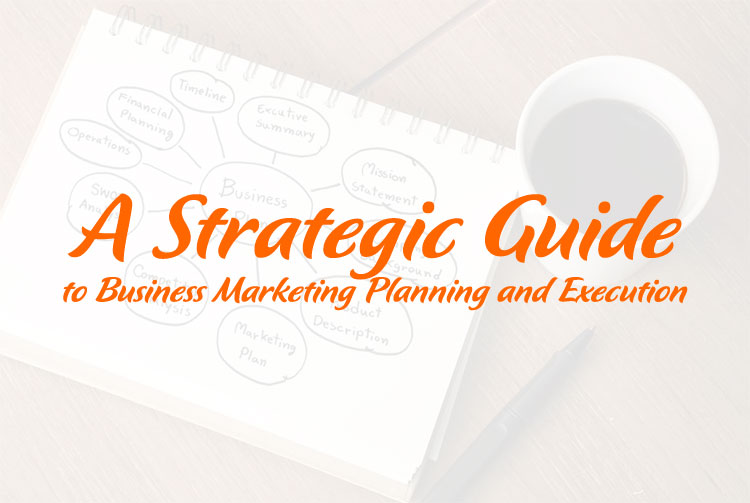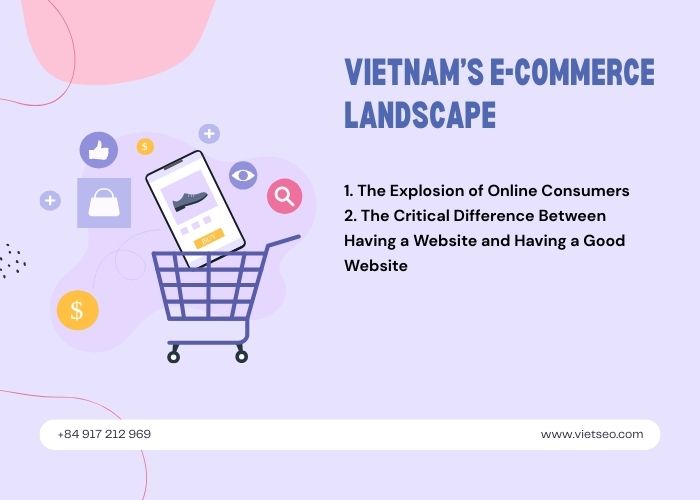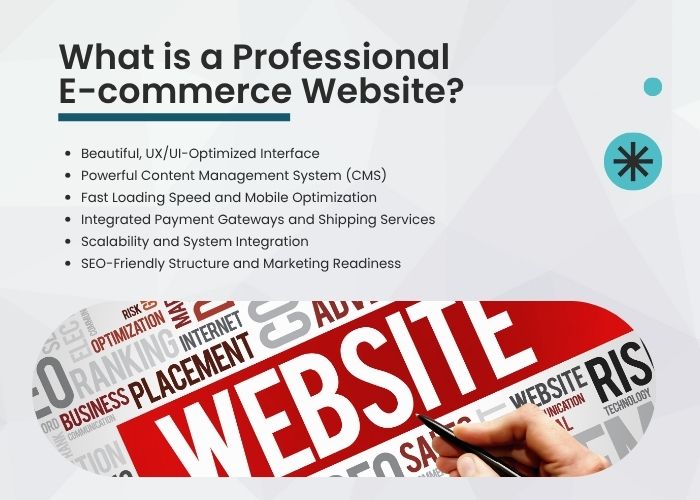A Strategic Guide to Business Marketing Planning and Execution
So, what is business marketing? How can you build an effective marketing strategy?
The article below offers a comprehensive guide—from theory to practical application—to help you gain deep insights and successfully implement marketing into your business model.
What Is Business Marketing?
Business marketing refers to the entire process of market research, strategy development, execution of marketing activities, and performance measurement—with the goal of delivering products or services to the right target audience and driving purchasing behavior.
Unlike standalone promotional activities, business marketing is a comprehensive strategic system that encompasses market segmentation, brand positioning, media channel selection, content creation, customer experience, and performance tracking.
The Importance of Marketing in Business
Marketing is not just about advertising or selling. It plays a core role in business development planning, contributing to:
- Revenue growth: Attracting new customers, retaining existing ones, and increasing customer lifetime value.
- Brand building: Establishing a consistent and trustworthy image in the minds of consumers.
- Market understanding: Helping businesses understand customer needs, trends, and behaviors.
- Resource optimization: Guiding smart investments for each business stage.
Example: A B2B company offering management software will need a very different marketing strategy than a fashion retail brand. Each type of business must build a tailored marketing strategy based on its product, customer base, and appropriate communication channels.
Common Forms of Business Marketing
1. B2B Marketing (Business to Business)
B2B marketing targets other businesses as customers. Key traits include:
- Longer sales cycles
- Purchase decisions based on logic, efficiency, and ROI
- Content must be in-depth, logical, and informative
2. B2C Marketing (Business to Consumer)
B2C marketing targets individual consumers. Key traits include:
- Faster, more emotional purchase decisions
- Greater focus on user experience and brand sentiment
- Content should be engaging, concise, and benefit-focused
3. Digital Marketing for Businesses
Digital marketing is an essential component of modern marketing. It includes:
- SEO (Search Engine Optimization)
- Google Ads, Facebook Ads
- Email marketing
- Content marketing
- Social media marketing
Depending on the industry and objectives, businesses may choose a combination of online and offline marketing methods.
Steps to Build an Effective Business Marketing Strategy
Step 1: Define Your Business Marketing Goals
Goals may include:
- Revenue growth
- Entering new markets
- Increasing brand awareness
- Improving conversion rates
- Enhancing customer retention
Use the SMART framework to ensure your goals are specific, measurable, achievable, relevant, and time-bound.
📌 Example: "Increase online sales revenue by 25% in Q3 2025."
Step 2: Analyze the Market and Customer Base
- Market research: Industry trends, customer needs, competition
- Buyer personas: Age, income, buying behavior
- SWOT analysis: Strengths, weaknesses, opportunities, threats
Step 3: Craft Messaging and Brand Positioning
- Create a clear value proposition
- Define what makes your product stand out
Step 4: Select Marketing Channels and Tools
Based on your target audience, choose appropriate platforms:
- Company website
- Niche blogs
- Social media (Facebook, LinkedIn, TikTok, etc.)
- Email campaigns, chatbots, webinars
- PR, events, media publications
Step 5: Measure Using Business Marketing KPIs
- Website traffic
- Conversion rate
- Cost per lead (CPL)
- Social media engagement metrics
- Revenue by marketing channel
A Practical Business Marketing Plan
Below is a simple yet effective framework for a business marketing plan:
| Component | Description |
|---|---|
| Goal | Increase online sales by 20% within 3 months |
| Target audience | Males/females aged 25–40 in Ho Chi Minh City, middle to high income |
| Main message | “A time-saving, cost-effective solution for small businesses” |
| Channels | Facebook Ads, Google Ads, Email marketing |
| Budget | 60 million VND per quarter |
| KPIs | 2,000 conversions, CPC under 8,000 VND, ≥ 4% conversion rate |
Common Mistakes in Business Marketing
- Unclear goals → Leads to scattered efforts and poor performance evaluation
- Lack of customer understanding → Misaligned messaging and wasted budget
- Spreading across too many channels → Inefficient use of resources
- No KPI tracking → Limits ongoing optimization
- Disconnect between marketing and sales teams → Reduces conversion effectiveness
Business Marketing Trends for 2025 – Insights from Viet SEO
To stay competitive, businesses must embrace new trends such as:
- Personalized customer experiences: Using data to tailor content, emails, and offers
- Video marketing and livestreaming: Enhancing engagement and content delivery
- Marketing automation: Leveraging software to streamline customer nurturing
- AI and data analytics: Predicting user behavior and optimizing ad performance
- Green marketing: Promoting sustainability and strengthening brand image
Conclusion
Business marketing is not just a communication tool but a strategic necessity that enables sustainable business growth in a volatile economic landscape.
Whether you're a startup or an established enterprise, investing in a well-structured, adaptable, and data-driven marketing strategy can help you stay ahead of competitors, win over customers, and maximize profits. Among the many tools available, Google Ads remains one of the most powerful platforms to reach your target audience, boost sales, and improve cost efficiency.
Start with the basics: identify your ideal customers, set clear goals, choose the right channels - including Google Ads - and continuously measure and refine your approach. Because success in marketing doesn’t come by chance—it comes from strategic preparation and deliberate action.



